(edited)
Get Active in Our Amazing Community of Over 451,000 Peers!
How much would it cost to buy out New York City?
Overview of answers
-
Upvotes
-
Date ascending
-
Date descending
This is a great market sizing question.
Now, I would turn to you and ask: Are you more comfortable with the top-down or the bottom-up approach here?
There is no right answer. The answer depends on how good of a grasp you have on the numbers/estiamtes required, and how comfortable you are with the logic required in each case.
In this, case a good top down might be:
- Measure the US economy (~20 trillion).
- Then, estimate what % of this NYC accounts for
- Either a hard # if you know it or,
- A state number of you know it (then a city estimate) or,
- A "all cities" vs "rest of country" estimate, then break down further
- Take that % and do a NPV on that recurring GDP contribution (with growth/discount factors accounted for)
A good bottom-up might be:
- Estimate the value of residential, commercial, and industrial buildings/activity in each of the 5 buroughs and add them up
Which do you feel more comfortable with? Or, has this prompted you to think about the question another way?
A great question given that it is my favorite city!
One way to answer this question depends is to look at who is buying it and why. Some possible scenarios below (First 2 assume that it will continue to remain a part of the US)
1. US needs a bailout and NYC is being sold as collateral
In this case you would look at the revenues that NYC brings - easiest is to start with all the taxes it collects from businesses and make assumptions on any changes to that going forward
Then look at all the expenses (e.g., subway, debt financing, public services) and see what is absolutely essential and what may perhaps be cut
Use the above to calculate a DCF and arrive at an NPV for the city
2. NYC is up for sale to the highest bidder
Here - NPV is less relevant. You can now look at the value of NYC to various types of buyers (investors, countries, alines from outer space) from what is the highest potential bid you can have. For example if only single member states are allowed to bid vs collection of countries and if there are any exclusionary criteria (e.g. only select list of countries). A single country can afford lets say 50% of one year's GDP, many countries can afford more etc. There is no end to the permutations here
3. People of NYC are tired of being part of the US and want to form their own country
Now you have to assess the value of NYC to the country. For this you will evaluate the DCF as before but also make other assumptions - for example what is the value NYC brings as the financial capital of the world, what about the prestige and media value of NYC and may other scenarios such as loss of related taxation if US loses NYC.
Additionally - there is now a higher cost of being NYC. US can impose taxes on doing business with other states, importing food and essential resources is more costly and this raises the expenses of being an island city. It will also need the US to protect it in the case of threats which will come at an additional cost.
As you can see there are many ways to play around with this question, start with the scenario and build out a structure that makes sense
Best,
Udayan
(edited)
Hello!
Couple comments:
- In these cases, is better to offer an approach and then ask for other people´s feedback; it´s more constructive.
- This particular market sizing is far too wide to be asked in an MBB interview
Cheers,
Clara
Related Products
Prepped and Primed 3
- 3 1-on-1 Coaching Sessions
- Fully tailored and customized
- 100+ video course included
McKinsey Solve Game Simulation Package by Francesco
- Play for Real the Ecosystem Game (Coral Reef & Mountain Ridge)
- Play for Real the Redrock Game (All 4 Phases Included)
- Receive for FREE the Imbellus Solve Combo and McKinsey Imbellus Game Secrets Guide
Break Into Consulting - Strategy Consulting Firm's All-In-One by Alexandre
- Created by 2 BCG consultants
- Covers most strategy consulting firms
- Get you to the backstage of the strategy world
Break Into Consulting - Industry Overviews by Alexandre
- Created by 2 BCG consultants
- 15+ industries covered
- Practical tips to master any industry
Break Into Consulting - Frameworks I wish I knew by Alexandre
- Created by 2 BCG consultants
- Covers most interview cases
- Practical tips to crack the case
BCG Online Case Combo: Software Simulation by Francesco
- Practice with 6 Chatbot Tests (Casey Style), including 4 Software Simulations
- Test Yourself with 4 Live One-Way Video Interviews (with AI Generated Tips)
- Receive for Free the BCG Online Case Secrets Guide
BCG Online Case Secrets by Francesco
- Master the 5 Types of Questions Asked by the Chatbot
- Discover the Exact Steps to Prepare for the 1-Minute Video Assessment
- Prepare in Advance by Solving 2 Complete Chatbot Cases
Imbellus Solve Combo: Guide + Videos by Francesco
- Watch how to Crack the Ecosystem Game in 23 Minutes
- Find Out how to Master each of the 4 Phases of the Redrock
- Receive for FREE the McKinsey Imbellus Game Secrets Guide
Imbellus Test at McKinsey – Guide by Luca
- Detailed and full game analysis
- Hands-on example to solve the game and support you
- Practical tips to crack the game
McKinsey Imbellus Solve Game Secrets by Francesco
- Learn the Exact Steps to Crack the 6 Games of the Imbellus
- Discover the Proven Way to Master the 5 Skills Tested in the Game
- Create your Ecosystem Chain Automatically with the Automated Excel Included
The Secret McKinsey PEI Cheat Sheet by Robert
- Learn how to correctly prepare and structure your McKinsey PEI
- Impress your McKinsey interviewer with a perfect PEI
- Save tons of time in your PEI prep
BCG Potential Test #2 by Gaurav
- BCG Potential Test with 23 questions about "World Electrification Case"
- Created by ex-MBB interviewer Gaurav
- Format and style for a real test experience
BCG Potential Test #1 by Francesco
- BCG Potential Test with 23 questions about "CoverCell Case"
- Created by ex-BCG consultant Francesco
- Format and style for a real test experience
Prep Guide for McKinsey PST by PrepLounge
- McKinsey PST preparation guide incl. 13 pages of useful tips
- Created by ex-McKinsey consultants
- Detailed information on test structure, question types & core skills
McKinsey PST #3 by Riccardo
- PST with 26 questions about "Delicious Juice Case"
- Created by ex-MBB consultant Riccardo
- Industries: Beverage, tourism, pharma
McKinsey PST #2 by Gaurav
- PST with 26 questions about "WeKlin Case"
- Created by ex-McKinsey consultants
- Industries: Retail, energy, franchise
McKinsey PST #1 by PrepLounge
- PST with 26 questions about "FloraFashion Case"
- Created by ex-McKinsey consultants
- Industries: Retail, energy, franchise
Related Articles
BCG Online Case
Consulting Interview Questions
What Does a Management Consultant Do?
BCG Case Interview
The Differences between MBB and the Big Four
Management Consulting Firms in Singapore
Related Cases
Related Case Interview Basics article(s)
4P Framework
Use the 4P Framework in your consulting Case Interview to define the right product with the right price at the right place with the most effective promotion.
Unique Value Proposition (UVP)
The Unique Value Proposition is a clear statement that describes why a product or service is unique and valuable to customers.
The Tuckman Model
Tuckman's model outlines five fundamental stages of group development, namely: forming, storming, norming, performing, and adjourning. Learn what they mean!
McKinsey Growth Pyramid
Structured framework for sustainable corporate development, including market penetration, product development, market development and diversification.
The Stacey Matrix
The Stacey Matrix is a tool for determining the complexity of a project in a case interview. It serves as a decision-making tool that you can easily apply.
Related Products

Prepped and Primed 3

McKinsey Solve Game Simulation Package by Francesco

Break Into Consulting - Strategy Consulting Firm's All-In-One by Alexandre

Break Into Consulting - Industry Overviews by Alexandre

Break Into Consulting - Frameworks I wish I knew by Alexandre
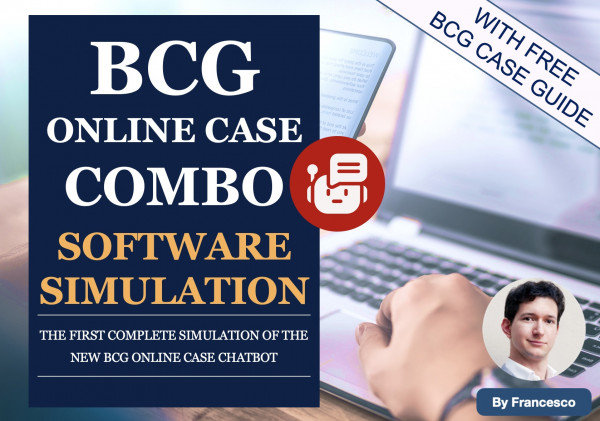
BCG Online Case Combo: Software Simulation by Francesco

BCG Online Case Secrets by Francesco

Imbellus Solve Combo: Guide + Videos by Francesco
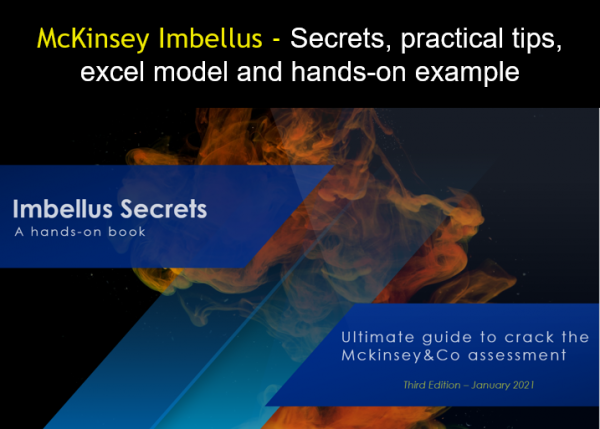
Imbellus Test at McKinsey – Guide by Luca

McKinsey Imbellus Solve Game Secrets by Francesco

The Secret McKinsey PEI Cheat Sheet by Robert

BCG Potential Test #2 by Gaurav
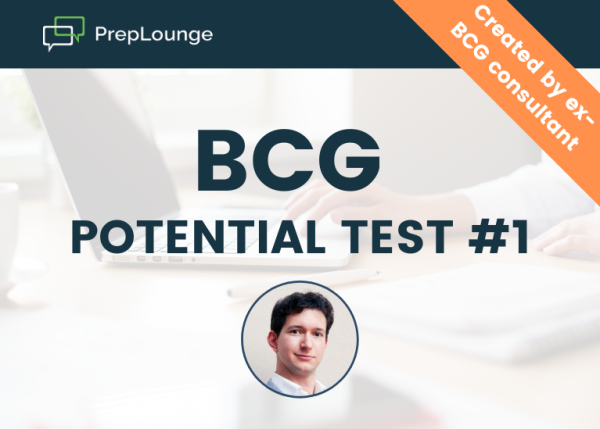
BCG Potential Test #1 by Francesco
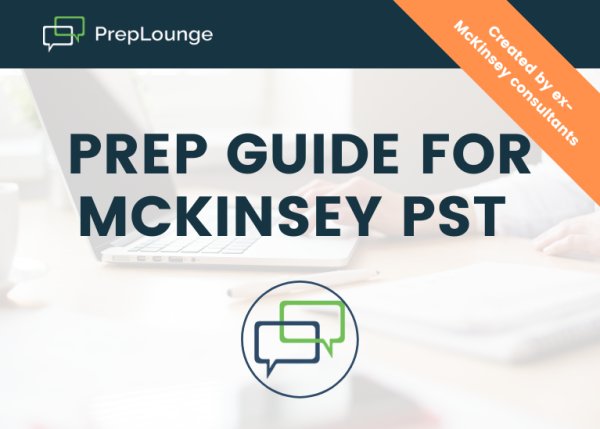
Prep Guide for McKinsey PST by PrepLounge
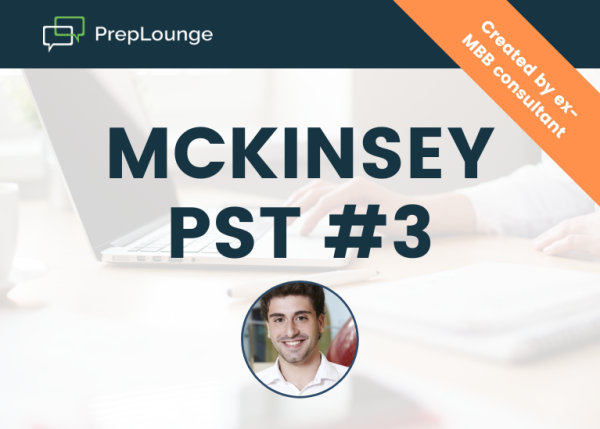
McKinsey PST #3 by Riccardo
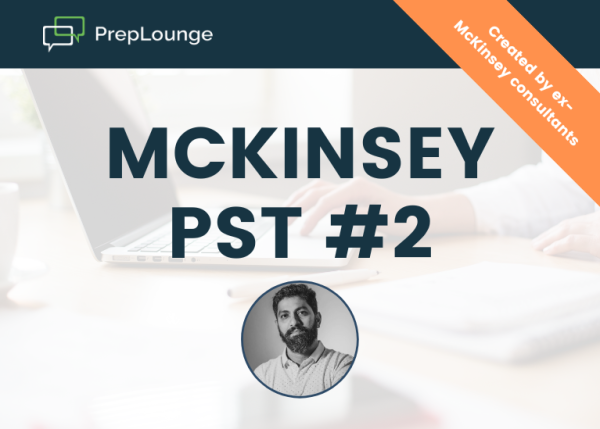
McKinsey PST #2 by Gaurav
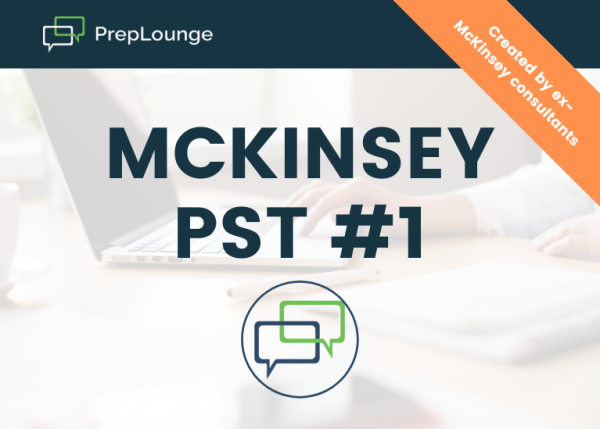




Thanks for the above. However, Isn't NYC's GDP enough for the top down approach? Why should we calculate an NPV? Thank you.